Why voice commerce matters now
Voice commerce is set to influence tens of billions in purchases this year, with strong growth in reorders, groceries, home supplies, and simple replenishment flows. The draw is convenience: voice eliminates taps and clicks, fits micro-moments, and can compress the buying journey to a single prompt.
For Magento stores, voice can become a new high-intent channel that:
- Drives incremental revenue via quick reorders and subscriptions.
- Improves accessibility for customers who prefer hands-free experiences.
- Boosts loyalty by remembering preferences, sizes, and past purchases.
- Reduces friction in customer support and order tracking.
The key is to design short, reliable flows and integrate them with your Magento stack so inventory, pricing, and promotions stay in sync.


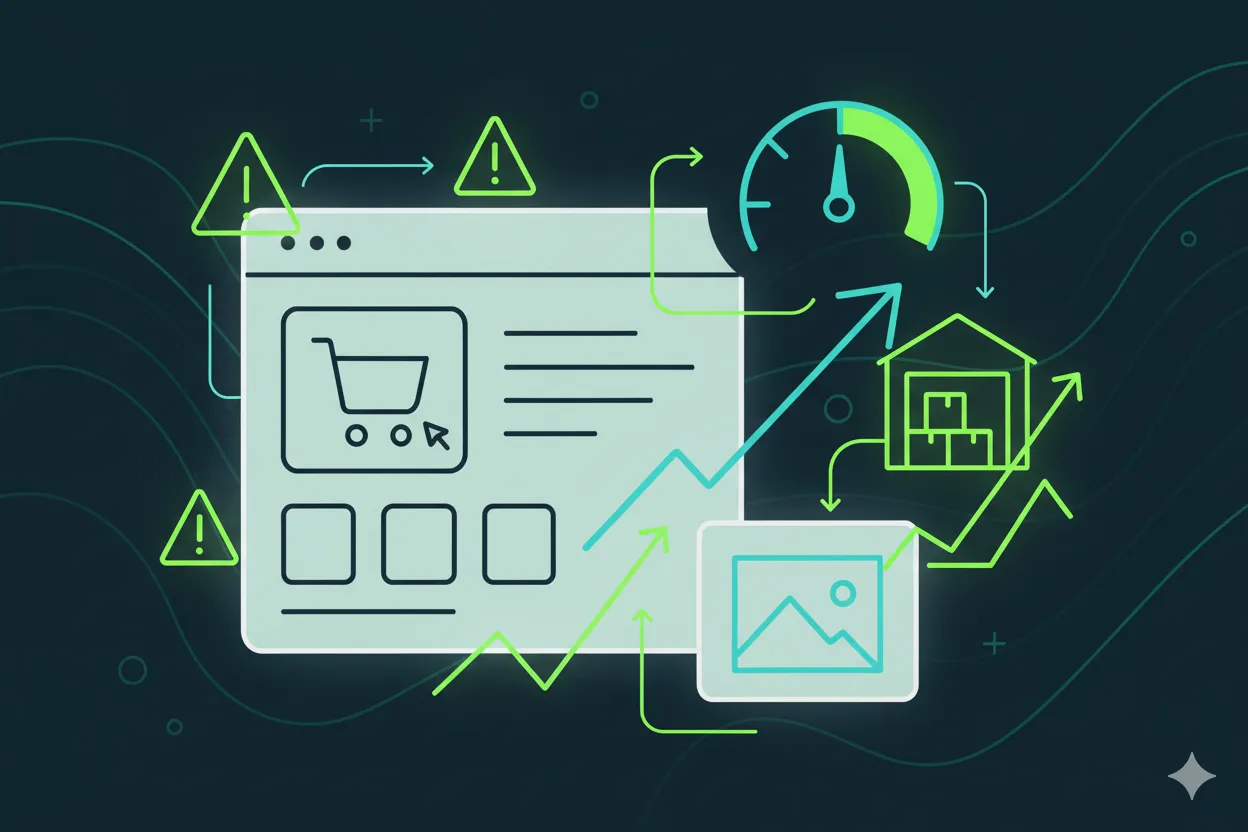

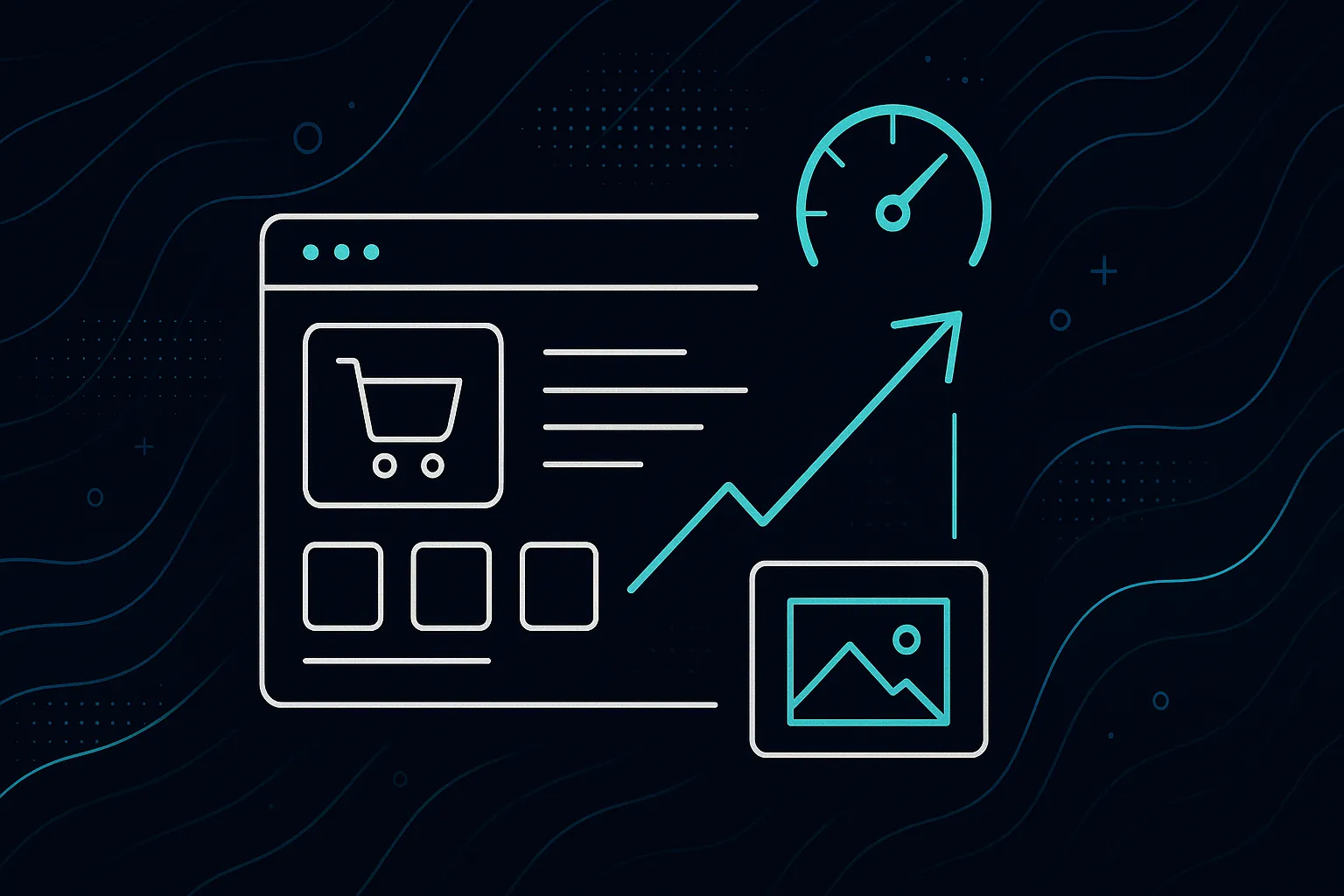

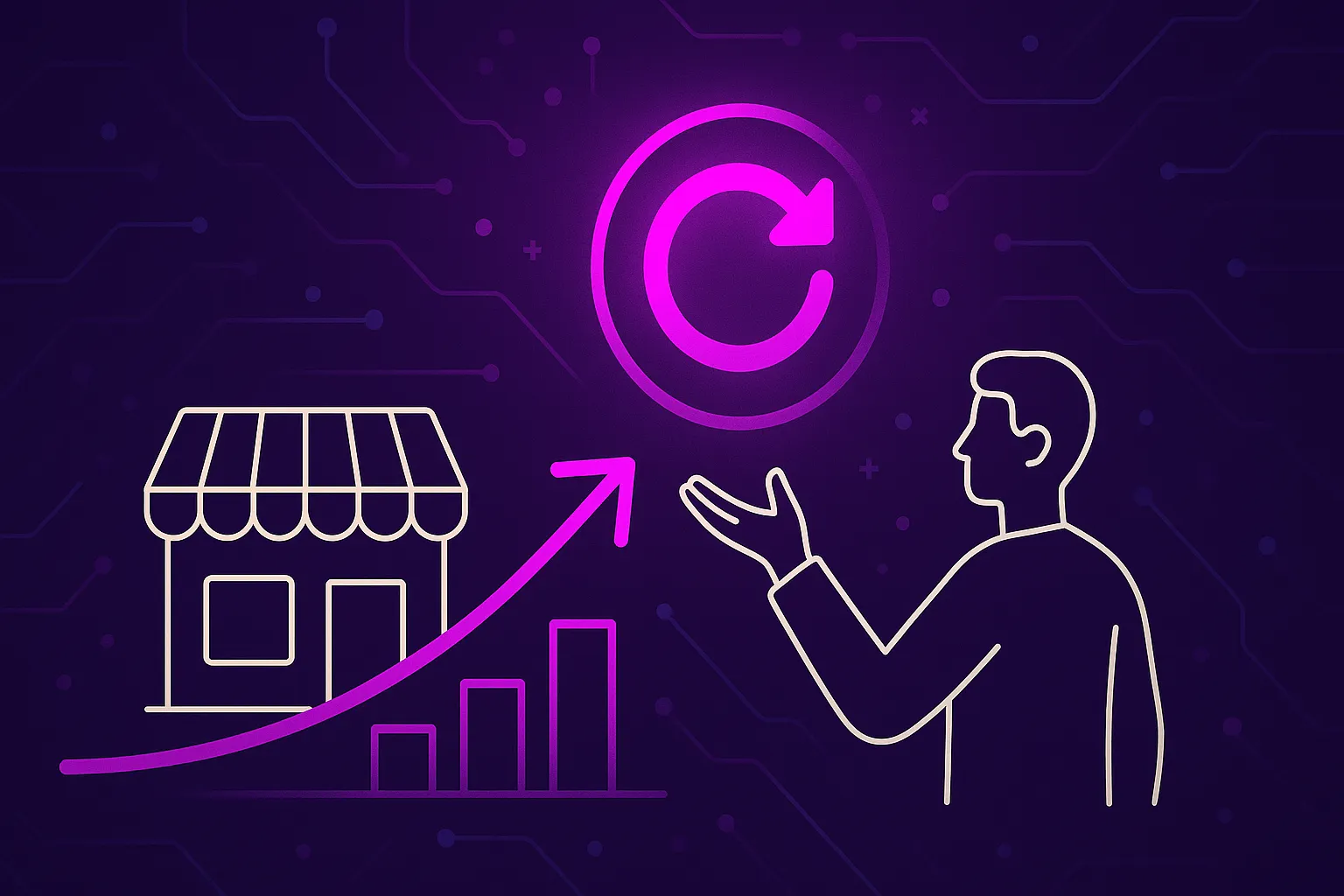
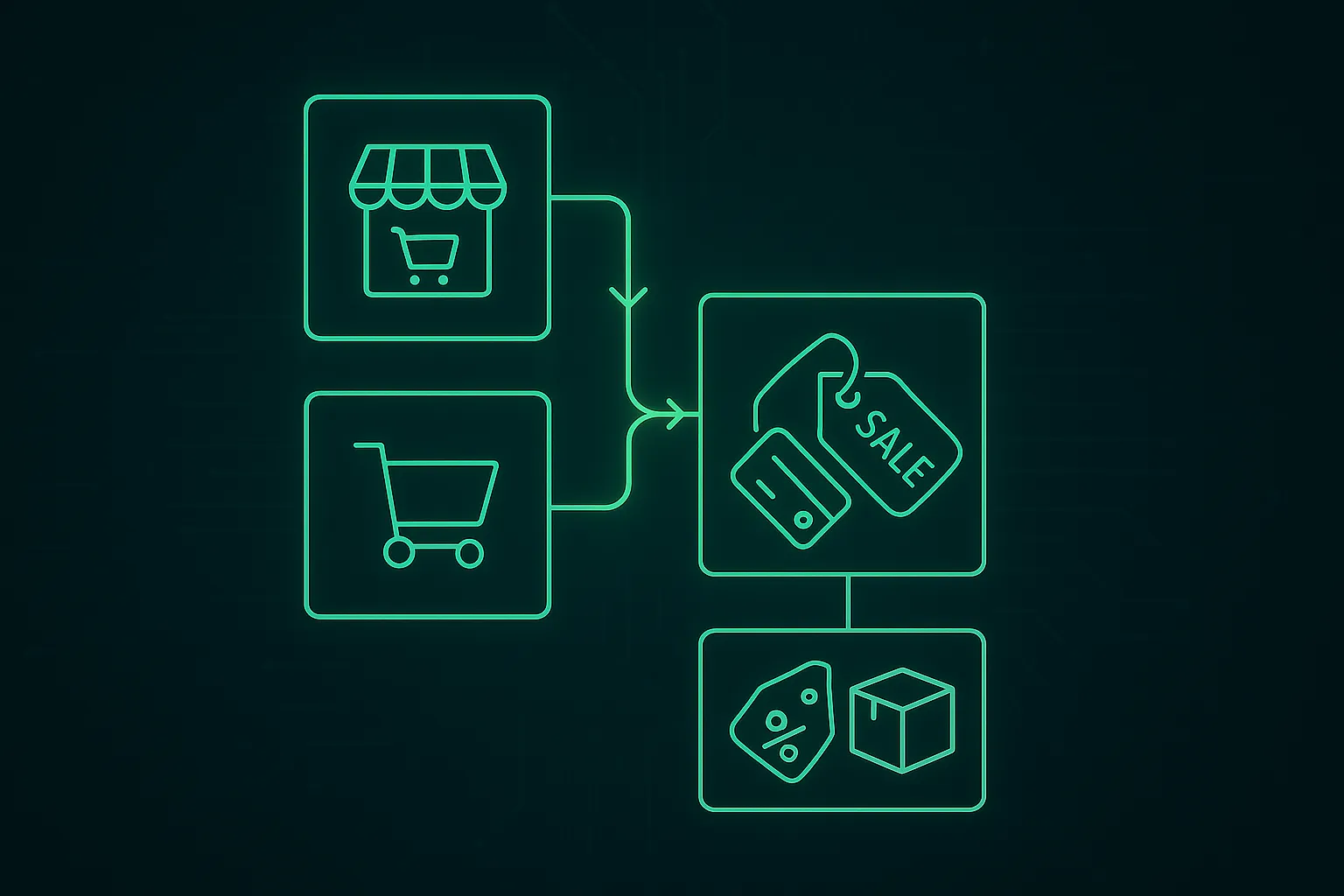
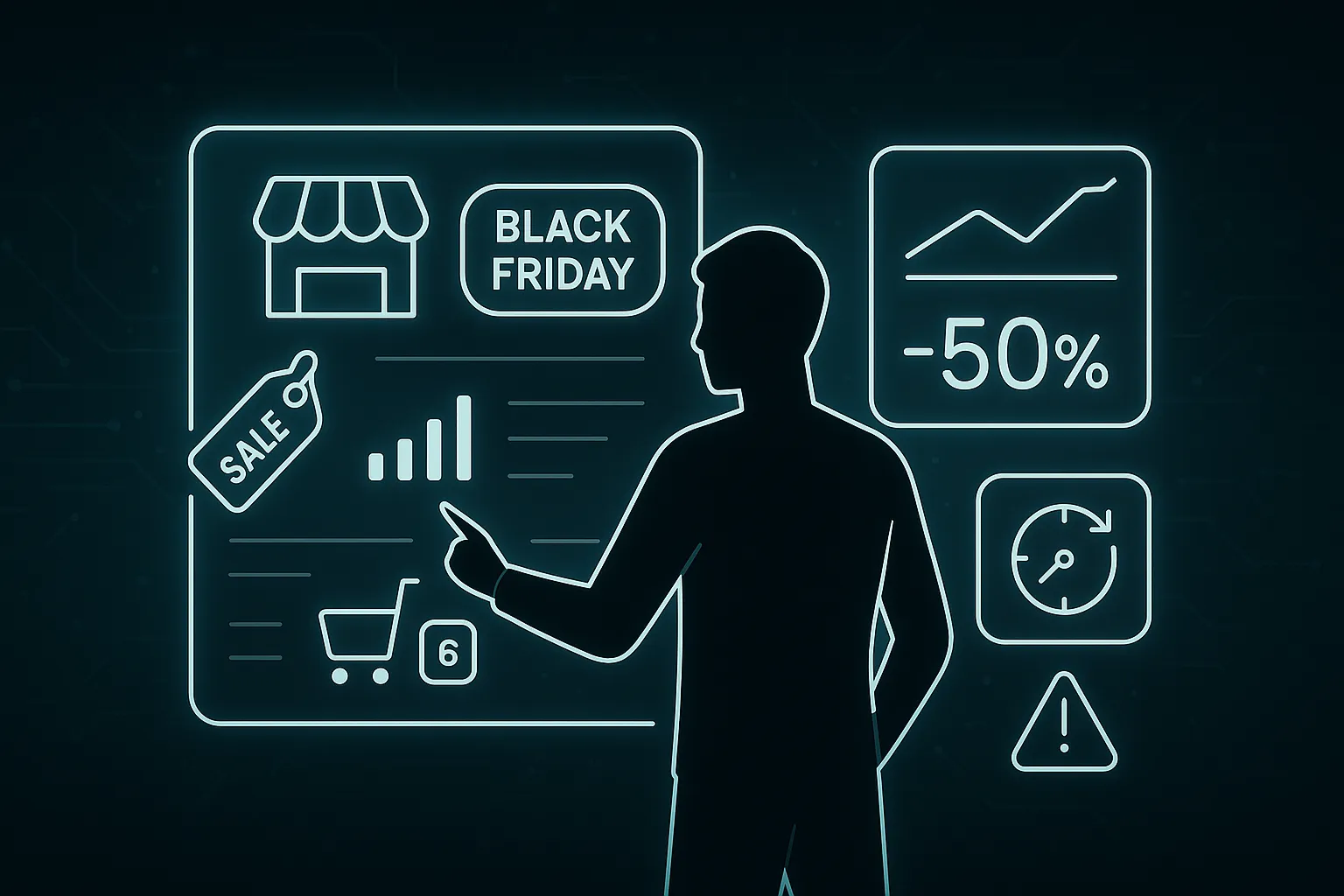
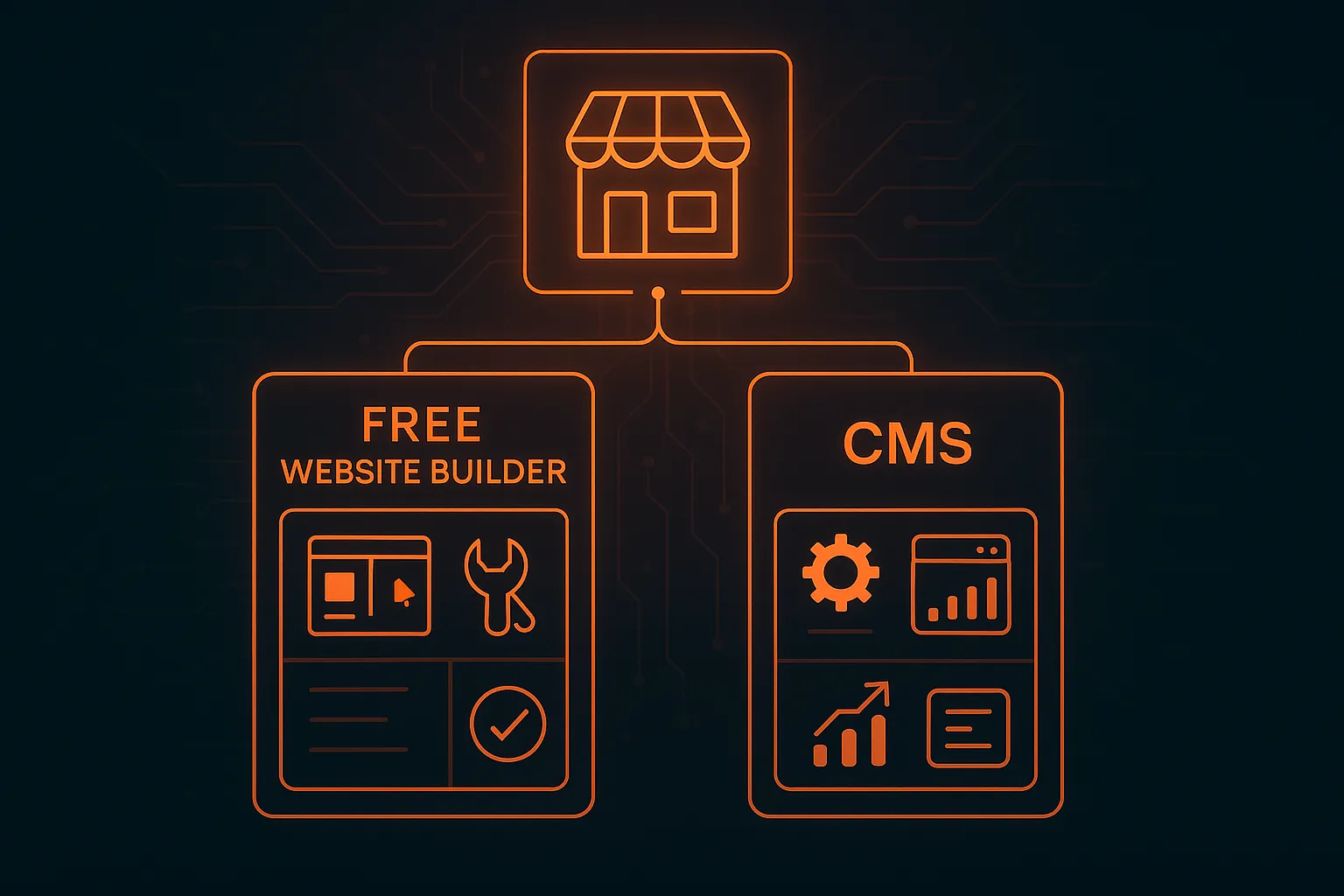
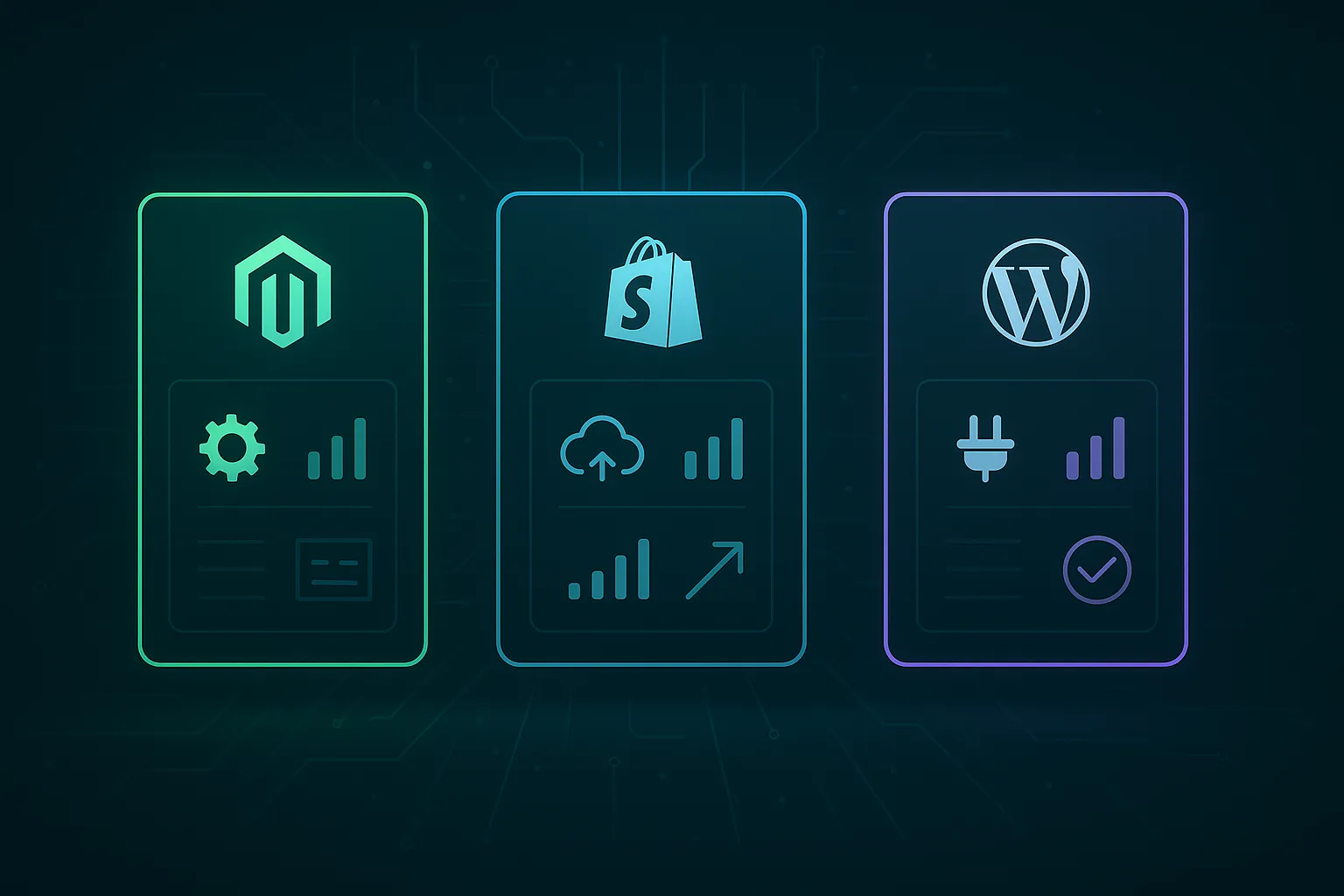
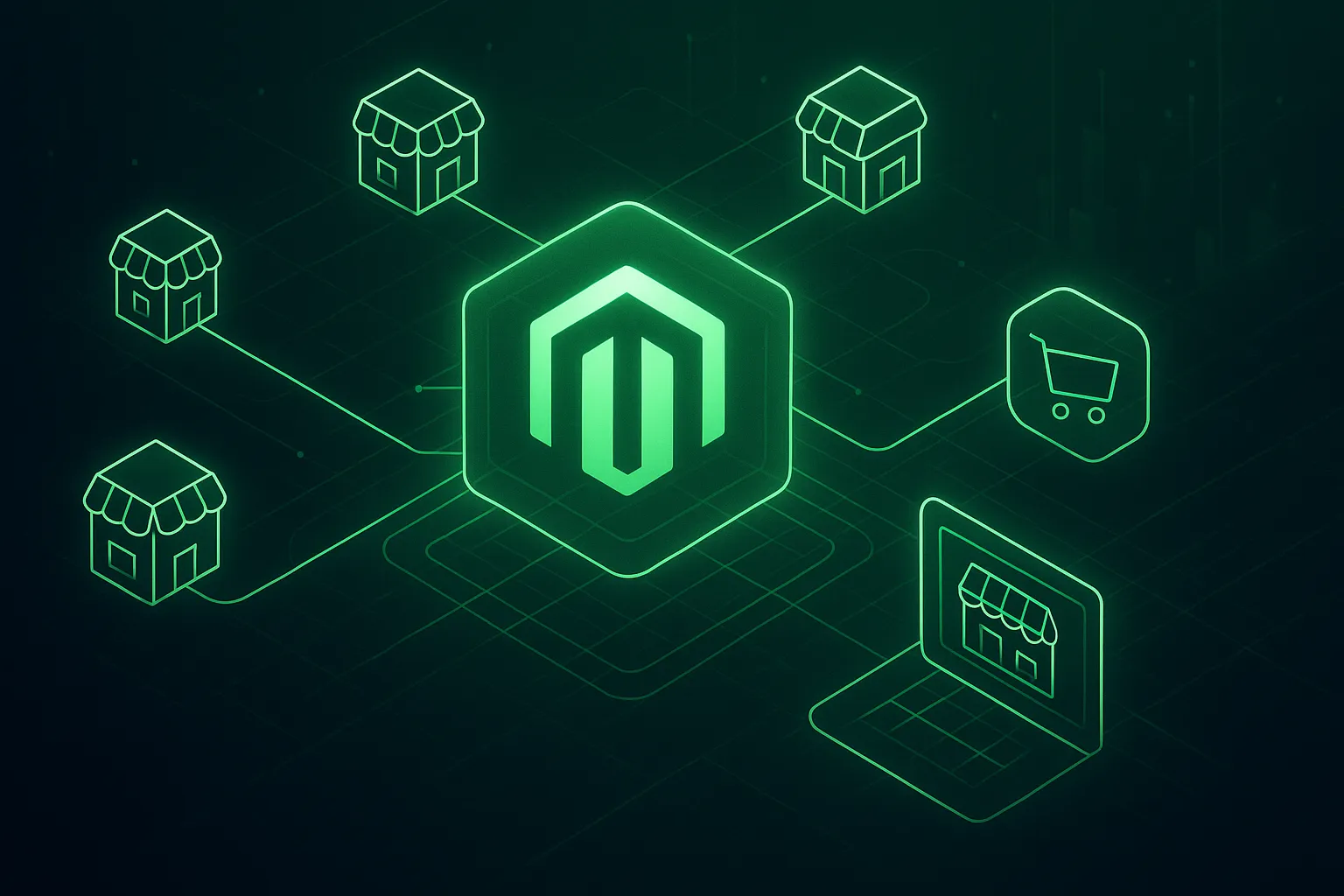

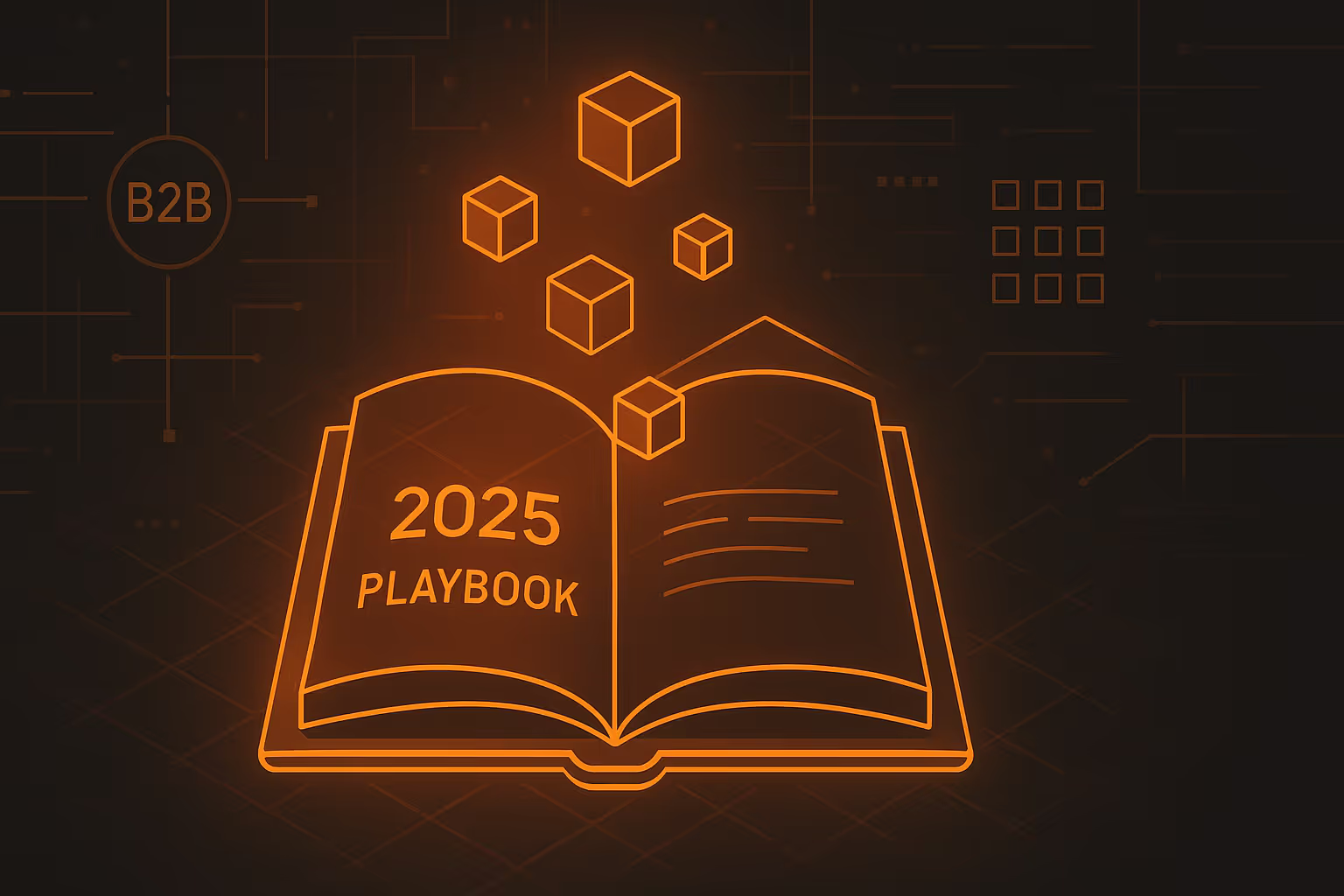


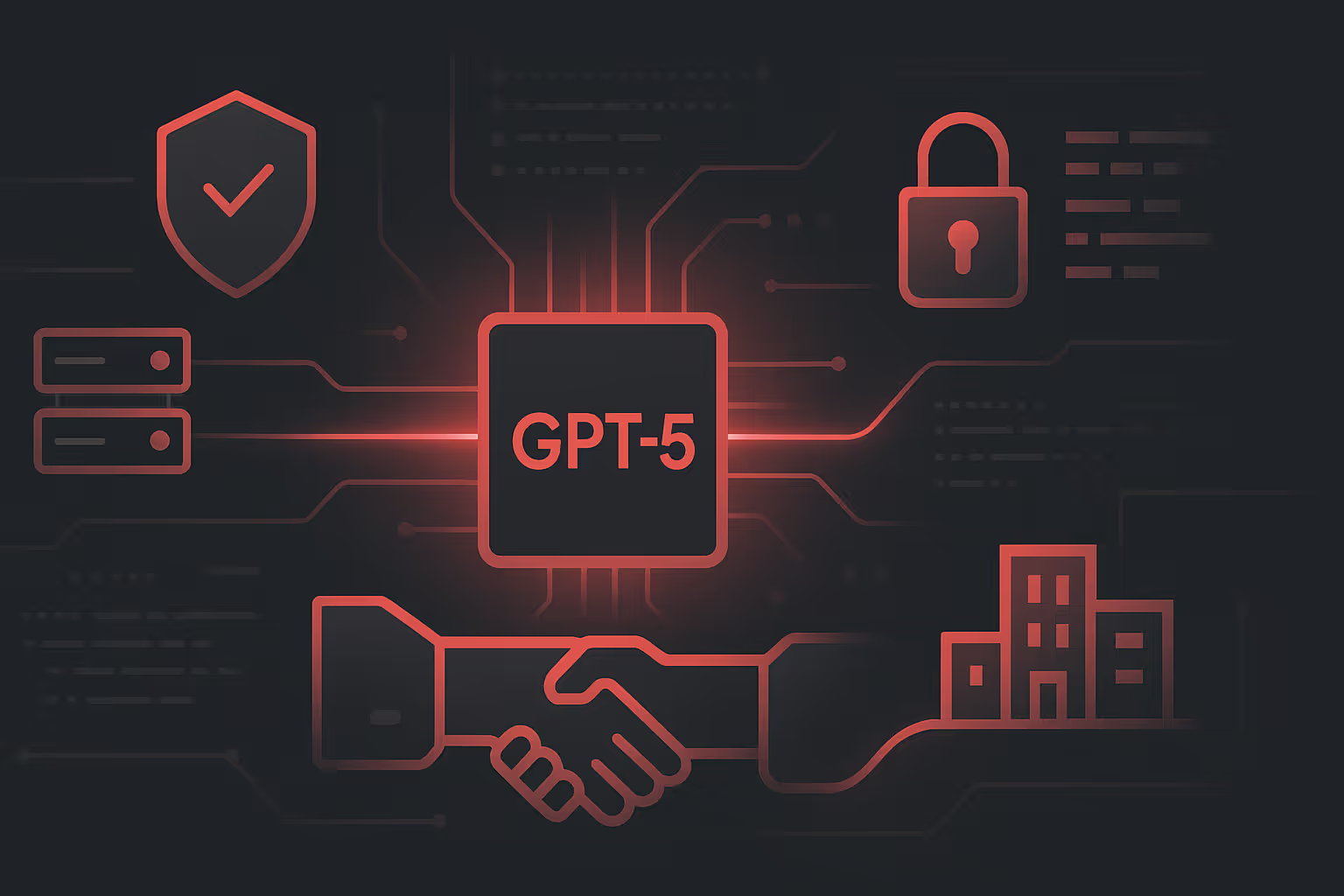

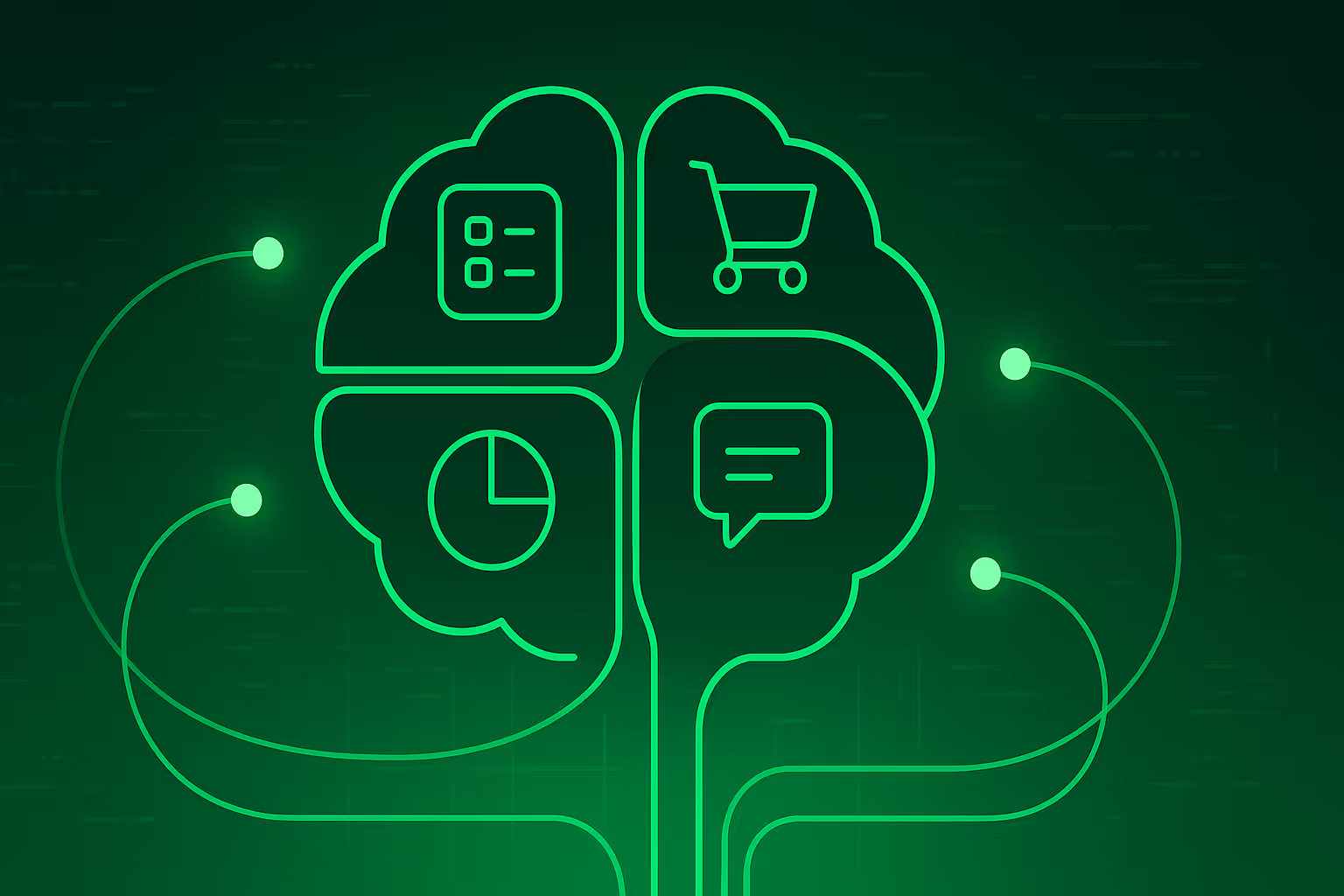

.avif)


